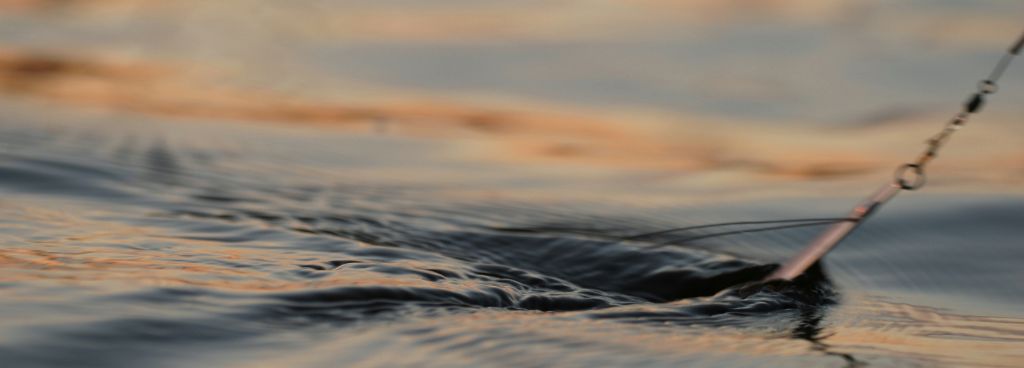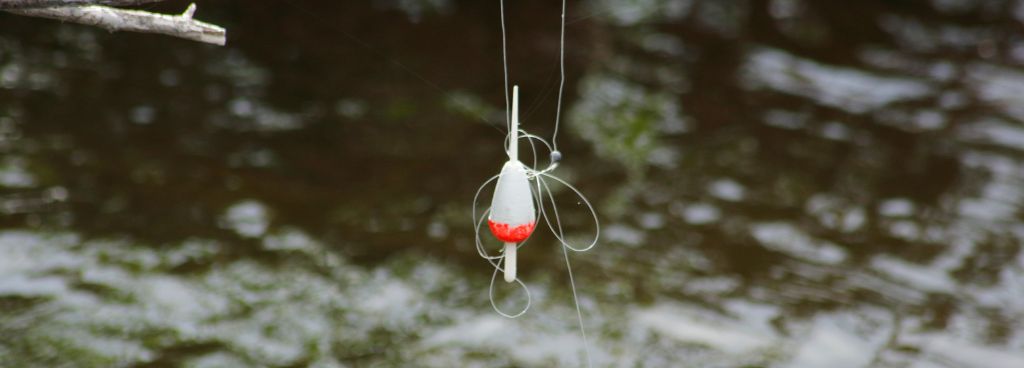Stories Worth Reeling In...
Last Updated on September 29, 2023
As avid anglers, we know that proper line preparation is crucial for a successful and enjoyable fishing experience. Whether you’re a seasoned angler or just starting out, knowing when and how to prepare your fishing line can make a significant difference in your results on the water.
In this comprehensive guide, we will explore the concept of soaking a fishing line, its purpose, and the considerations surrounding this practice. So, let’s dive in and unravel the mysteries of soaking a fishing line.
Table of Contents
One of the main benefits of soaking is the reduction of memory in the fishing line. Over time, fishing lines can develop coils and twists, commonly known as memory. Soaking the line helps to relax and straighten it, allowing for smoother and more accurate casts. By minimizing memory, we can cast further and with greater precision, increasing our chances of a successful catch.
While soaking can be beneficial for various types of fishing lines, it is particularly advantageous for monofilament and fluorocarbon lines. Monofilament lines tend to exhibit more memory, and soaking them before use can significantly improve their performance. Fluorocarbon lines, on the other hand, benefit from soaking as it helps to reduce any residual stiffness and improve their overall manageability.
One common misconception is that soaking fishing lines increases their strength. While soaking may temporarily improve the line’s flexibility and casting performance, it does not fundamentally alter its strength. The line’s strength is determined by its material and diameter, which remain unchanged by soaking.
Soaking does not eliminate all memory from the line, but it does help to reduce it. It’s essential to approach soaking fishing lines with realistic expectations and understand their purpose as a line preparation technique.

Consider soaking the line when it’s new or when you notice signs of memory, such as coils or twists. Also, if the line has been stored for an extended period, soaking can help revitalize its performance. However, it’s important to note that braided lines and some advanced fishing lines do not require soaking.
To properly soak the fishing line, follow these simple steps.
In warmer climates or when fishing in hot weather, consider soaking the line for a slightly shorter duration to prevent potential heat-related line weakening. Conversely, if you’re targeting larger or stronger fish species, you may opt for a longer soaking period to ensure better line performance and durability during intense battles.
While soaking is a common method of preparing fishing lines, there are alternative approaches that can achieve similar results. Let’s explore some of these methods:
When it comes to soaking fishing lines, there are common mistakes and misconceptions that anglers should be aware of. Let’s explore these mistakes and learn how to avoid them:
To ensure proper line preparation and avoid potential pitfalls, here are some tips and guidance:

Here are some general tips for maintaining and caring for your fishing line:
Monofilament lines are typically changed every year, although braid lines can last two or three years. Braid does not dry rot or have line memory concerns like mono. Braid is much more sensitive than mono, so you may feel the biting immediately.
It’s not mandatory for all types of fishing, but anglers who experience issues like memory coils (line retaining its shape) often soak their line to reduce this problem.
Some anglers add line conditioning solutions or specialized products designed to improve line manageability during soaking. Always follow the product instructions.
Soaking can reduce memory coils, but it might not eliminate them entirely, especially if the line has been coiled for a long time.
Yes, techniques like stretching the line gently or using a line conditioner before fishing can also help reduce memory without soaking. Experiment with different methods to find what works best for your specific line type and brand.
As an angler, it’s important to experiment and find the line preparation method that works best for your fishing style and preferences. Every angler may have their own approach based on their experiences and fishing conditions. By exploring different techniques and considering the specific requirements of your fishing endeavors, you can enhance your overall fishing performance.
So, whether you choose to soak your fishing line or explore alternative methods, remember to prioritize line care and maintenance. With proper preparation, you can set yourself up for successful fishing outings and enjoy memorable moments on the water. Happy fishing!